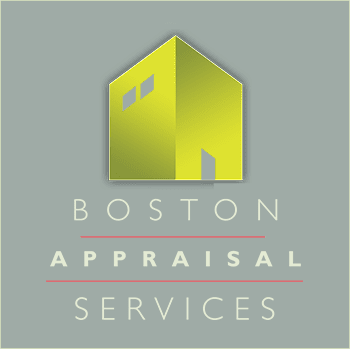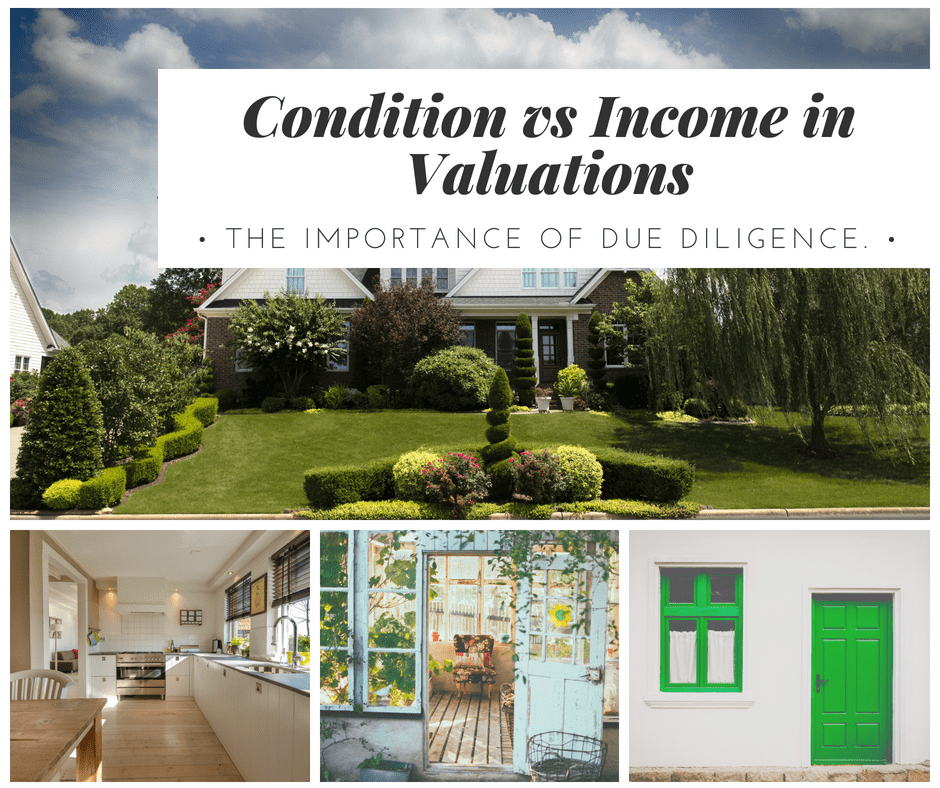In today’s increasingly complex financial landscape, Certified Public Accountants (CPAs) are the unsung heroes behind successful businesses. Their role is multifaceted, touching upon asset valuation, regulatory compliance, risk management, and more. One essential yet often overlooked component of their job involves real estate appraisals. Here, we delve into some of the key intersections between CPAs and real estate appraisals, incorporating insights from our appraisers.
Asset Valuation
Valuing assets accurately is a cornerstone of a CPA’s responsibilities, whether for financial reporting, business planning, or securing loans and investments. Real estate often comprises a substantial portion of a business’s or individual’s net worth. A professional appraisal, factoring in market trends and depreciation, provides CPAs with a precise property value, crucial for making informed financial decisions.
Risk Management
In the realm of risk management, CPAs use real estate appraisals to evaluate a company’s risk profile comprehensively. The ever-changing nature of real estate markets, influenced by factors such as the recent interest rate hikes by the Federal Reserve, coupled with the uncertainty in commercial spaces, puts additional onus on CPAs to maintain up-to-date portfolio valuations. A professional appraisal, especially one that analyzes current market trends, allows CPAs to manage risks proactively.
Compliance, Reporting and Financial Statements
Regulatory compliance is more complex than it appears. CPAs must ensure financial reporting adheres to guidelines like Generally Accepted Accounting Principles (GAAP) or International Financial Reporting Standards (IFRS). CPAs incorporate real estate appraisals into annual reports and financial statements. The accuracy of these documents is vital, not just for tax compliance, but also for shareholders, lenders, and regulatory agencies.
Importantly, dealings with the IRS require Certified Appraisals from Certified Appraisers, especially considering the strict requirements the IRS imposes for reporting and appraisal reports. Automated appraisals, or Automated Valuation Models (AVMs), may not meet these stringent standards, making the need for professional, certified appraisals crucial.
Taxes and Reporting
Taxes are a financial consideration that every business must carefully manage, and CPAs play a crucial role in this regard. When it comes to real estate, the appraisal process significantly impacts how taxes are assessed and reported.
IRS Requirements and Certified Appraisals
Dealing with the Internal Revenue Service (IRS) often necessitates specific appraisal requirements. The IRS requires a “Certified Appraisal” from a “Certified Appraiser” for many transactions, including charitable contributions of property, estate settlements, or gifting assets. These certified appraisals must meet the agency’s strict criteria and specifications, thereby ensuring that the appraisal is both accurate and legally defensible. CPAs must be diligent in ensuring that all real estate appraisals involved in tax-related transactions meet these stringent IRS conditions.
Estate Planning, Probate, and Litigation
Real estate appraisals are also indispensable in estate planning and probate scenarios. Accurate appraisals can impact estate tax liabilities and aid in equitable asset distribution among beneficiaries. During litigation—such as divorce settlements, partnership dissolutions, or disputes related to property—an accurate appraisal can be a decisive factor.
Capital Gains and Losses
In addition to property taxes and estate considerations, CPAs also have to account for capital gains and losses when a property is sold. An accurate appraisal establishes the fair market value of the property, essential for calculating the capital gains or losses that must be reported to tax authorities.
Corporate Transfers
Mergers, acquisitions, and other forms of corporate restructuring often entail asset transfers, including real estate. In such cases, CPAs can use real estate appraisals for accurate pricing, enabling smoother negotiations and fair transactions. The appraisal’s integrity is especially important, where an undervaluation or overvaluation could significantly impact the outcome.
Choosing the right appraisal service is crucial for CPAs. Attributes like accuracy, current market trend analysis, zoning analysis, and both prospective and retrospective analyses are vital. Boston Appraisal Services provide all these analyses in their comprehensive reports. Their expertise helps CPAs navigate the complexities of asset valuation, compliance, risk management, and more, particularly in a world influenced by emerging trends like market downturns and regulatory changes. Armed with this revised understanding, it becomes clear that real estate appraisals are more than just a complementary service for CPAs—they’re a necessity.








